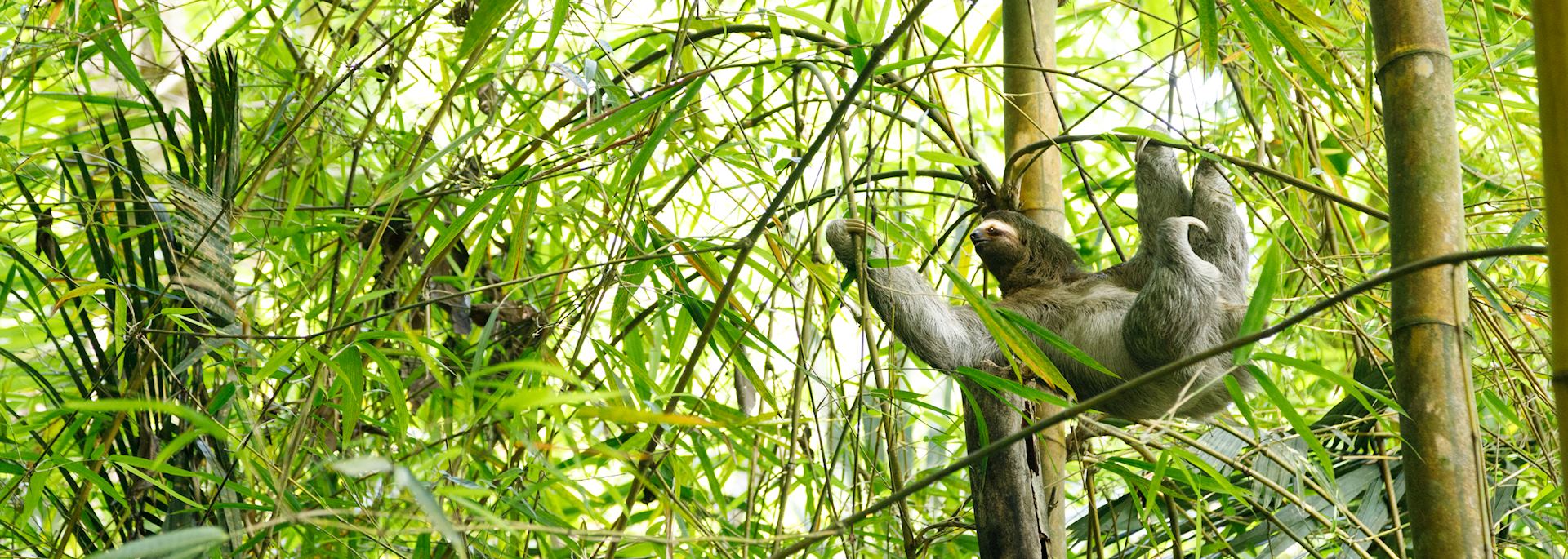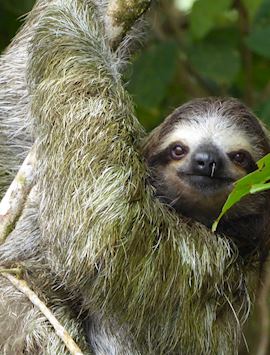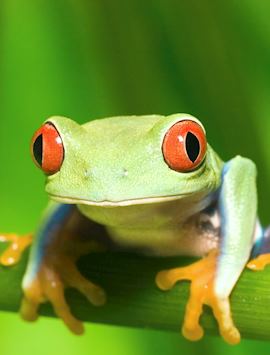By Audley specialist Nik
On a family trip to Costa Rica, wildlife-loving children could spot everything from a hummingbird in a hotel garden to a fingernail-sized tree frog, to larger creatures such as coatimundis and tapirs. Yet, compared with the Brazilian or Peruvian Amazon, reached through a series of internal flights and boat transfers, Costa Rica’s primary rainforests are extremely accessible for families. You can drive right up into them on well-maintained road networks: it’s the chance to experience an exotic ecosystem without the hassle of complicated logistics.
Then there’s a multitude of adventure activities in Costa Rica for families, especially in the Arenal region. River rafting, zip-lining, canopy walkways, horse riding: you name it, you can do it easily and safely in Costa Rica. It’s a well-developed country, having nurtured its travel industry since the 1970s. The beaches are an added bonus: some are surf hubs; others have a mellow, desert-island feel.
The experiences and places I highlight in this guide are ones I’d choose for a family trip to Costa Rica with my own young children.
On the water in Tortuguero National Park
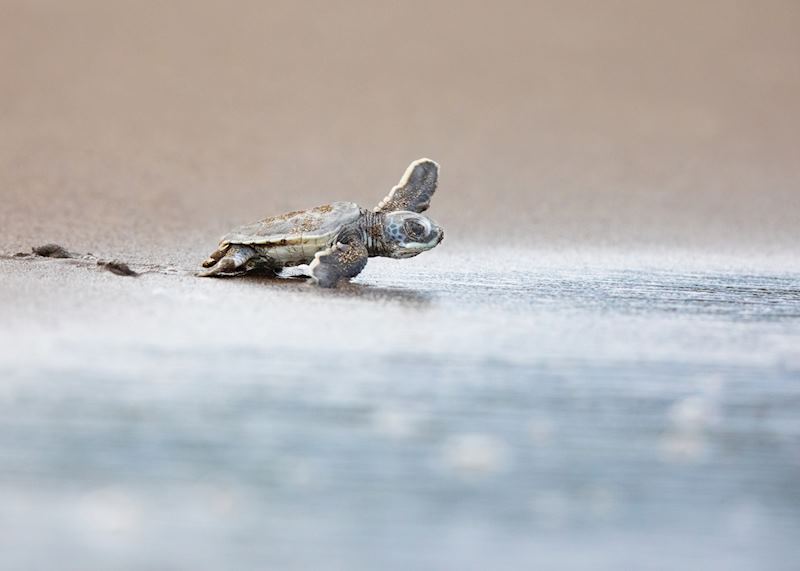
Journey through the patchwork of banana plantations in Costa Rica’s northeast corner and solid ground soon runs out. You’re obliged to continue by boat to reach the area’s flagship national park. On the coast, beaches of black volcanic sand provide nesting and hatching grounds for the park’s namesakes — endangered green, hawksbill, loggerhead, and leatherback turtles.
Heading toward the Caribbean Sea, you hit the freshwater canals and lagoons of Tortuguero. It’s a vast area of flooded rainforest and marshy islands formed by sediments washed down from the country’s interior mountain ranges.
I’d spend a few days exploring this sleepy waterworld through boat tours or canoe trips along the canals, looking for creatures hidden among the buttress roots of ceiba trees and marsh-loving crabwood and mangroves.
Look up to the canopy for sloths as well as spider, capuchin, and howler monkeys; scan along the waterline for plumed basilisks. You may see Amazon kingfishers (an iridescent clash of orange and teal feathers) perched on overhanging branches, and, in quieter spots, endangered green macaws. Possible sightings along the banks include southern river otters and spectacled caiman.
Best family-friendly stay in Tortuguero National Park
Evergreen Lodge is a solid choice with spacious cabin-style rooms and a number of guided activities included in your stay. There’s also an on-site canopy tour and a swimming pool.
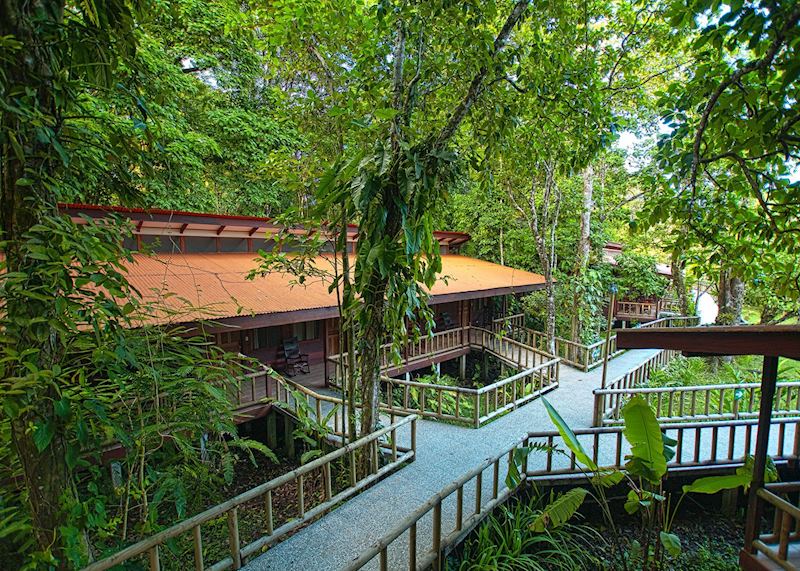

Rafting at Arenal
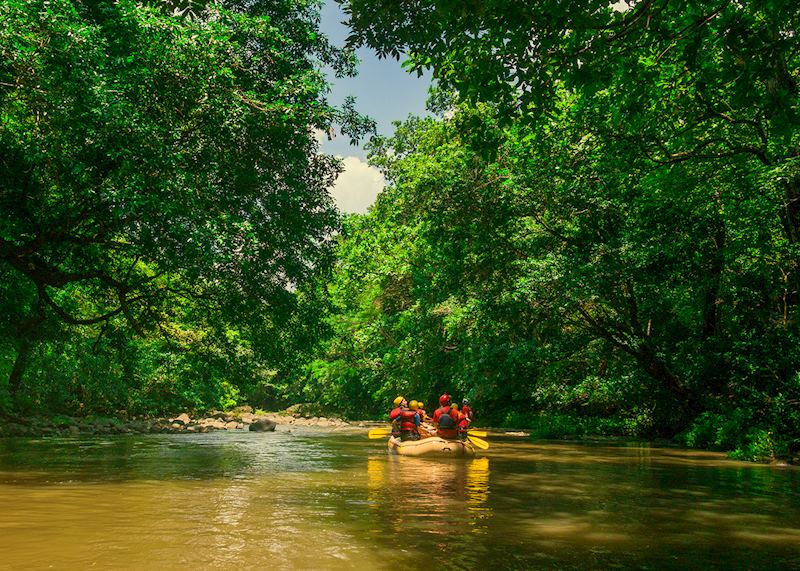
Dense jungle perforated by white-water rivers, waterfalls, hot springs, and lava fields, all towered over by the green-sloped Arenal Volcano: this region is Costa Rica’s adventure playground.
Rafting on the Balsa River takes you through Class II-III rapids (moderate to moderately difficult) that provide just enough froth and speed to make an exhilarating ride for young or first-time rafters. Incidentally, if your children are slightly older and real thrill-seekers, think about spending a couple of days at Pacuare Lodge in central Costa Rica. It’s possibly the only lodge in the world where you have the novelty of arriving and leaving by raft, and these are some of the most famous rapids in Costa Rica, attracting professional rafters from around the world, so it’s a great option if your family are up for something a bit more exhilarating.
Zip-lining at Arenal
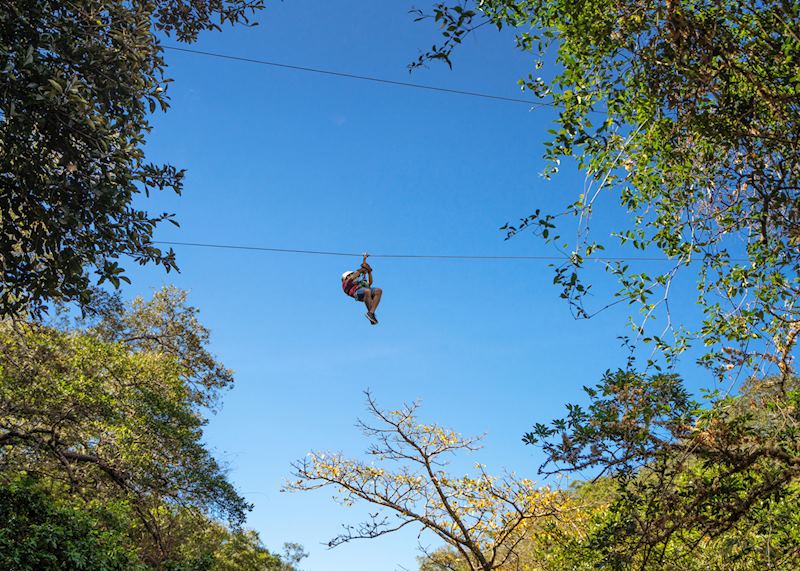
The Sky Trek zip-line is great for children, and on a clear day you might see the top of Arenal Volcano. I recommend combining this with the Sky Tram and Sky Walk.
After taking the slow-moving aerial cable car to the top of a peak facing the south slope of Arenal Volcano, you zigzag back down the mountainside by a thrilling 3,000 m-long (9,842 ft) zip-line, flying through the trees and taking in views of Lake Arenal. Be warned: you reach fast speeds, but overall I think it offers a more stimulating experience for children than zip-lines in other areas of the country (such as Monteverde Cloud Forest Biological Preserve), which are more about immersing yourself in and observing the forest canopy.
Aside from zip-lining, Arenal is a good place to hike the hanging bridges and canopy walkways of the aptly named Sky Walk, where you get the sensation of being swallowed up into a dark, green world of strangler fig trees, fungi, orchids, and bromeliads.
You can also swim in the waterfalls’ plunge pools and hot springs that dot the area.
Best family-friendly stay in Arenal
Boasting a swimming pool and nature trail, Lomas del Volcan is a great choice for families. Stay in cosy wooden cabins set amid tropical gardens, and on a clear day you can have an excellent view of Arenal Volcano.
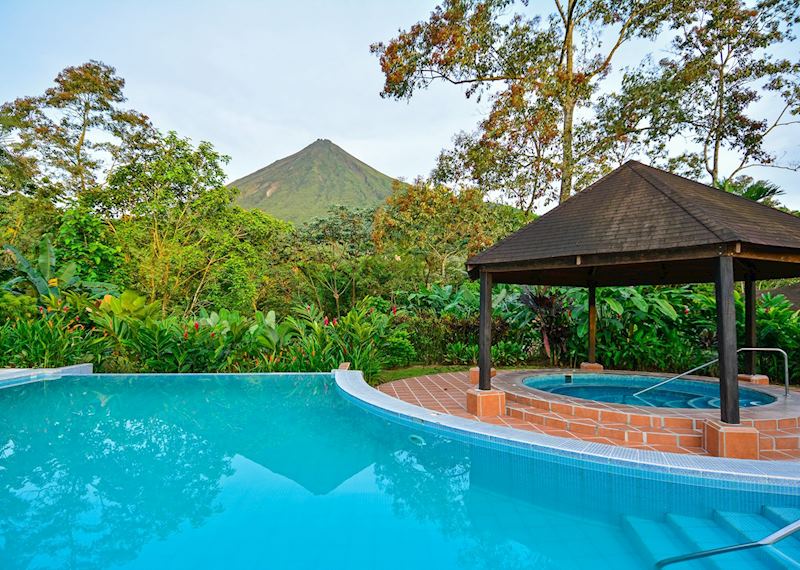
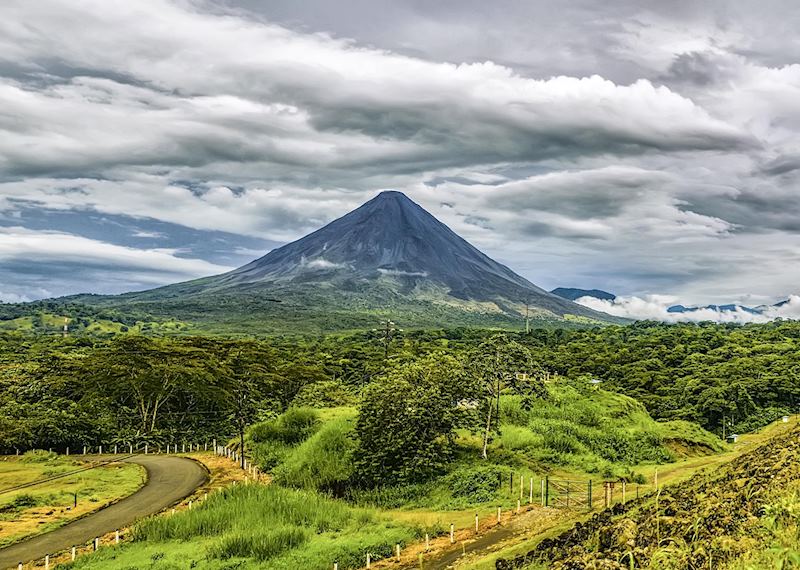
Canopy walks in the Monteverde Cloud Forest
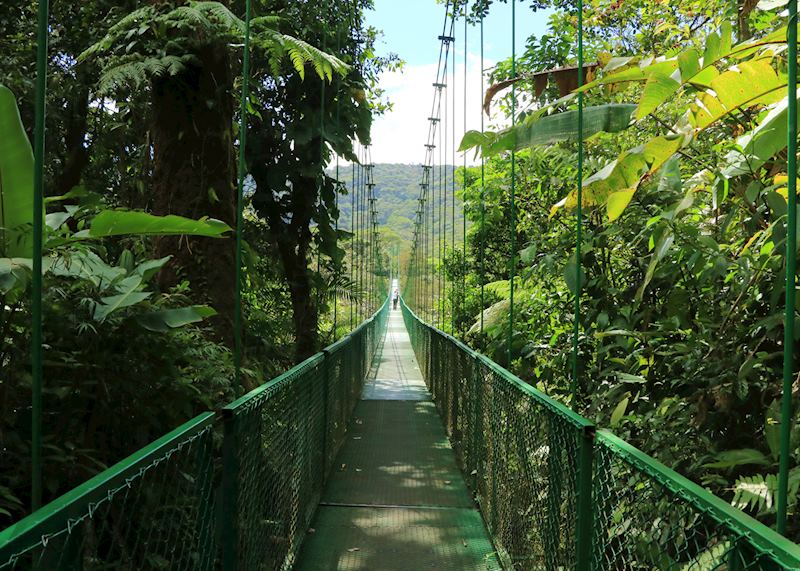
The high elevation of the Monteverde Cloud Forest means the tops of the trees are often cloaked in wispy, low-hanging silvagenitus clouds, creating an ethereal experience as you explore. Hanging bridges and treetop walkways are built into the lofty canopy, allowing your family to be fully immersed with the surrounding rainforest. Safe and tranquil, the treetop walkways are ideal for children four years old and up.
There are more than 100 species of mammals in Monteverde Cloud Forest Biological Reserve, and you might be rewarded with a glimpse of a howler monkey in the trees. The forest is also filled with an array of birds, from tiny hummingbirds to resplendent quetzals. For wildlife-loving children, I recommend combining a canopy walk with a visit to the sloth sanctuary, reptile exhibition, and butterfly garden.
Night-time wildlife walks in Monteverde
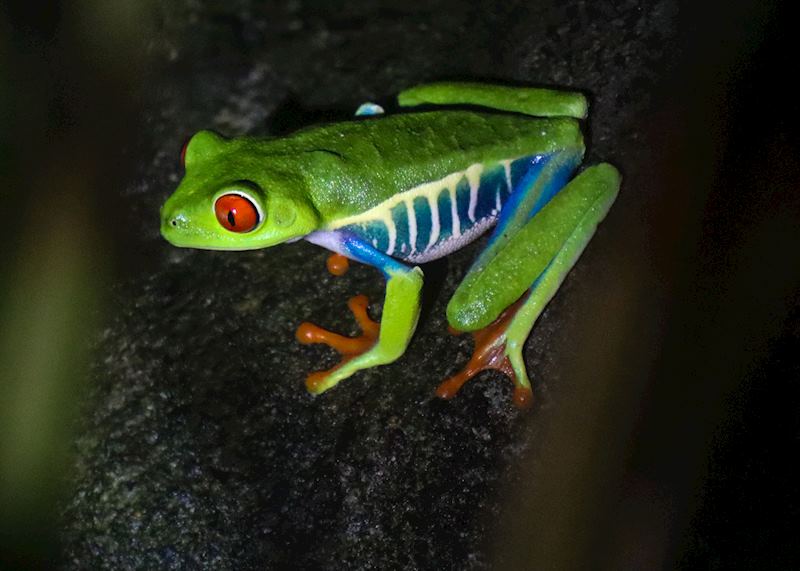
The Children’s Eternal Rainforest, initially founded with money raised by Swedish schoolchildren, is the largest private reserve in Costa Rica. Particularly well suited for a family trip to Costa Rica is the 3.5 km (2 mile) system of trails that winds through the reserve in Monteverde. Known as Bajo del Tigre, this part of the reserve is set in a transitional zone of the forest. This makes it home to a variety of plants and animals not found elsewhere, including nearly 30 newly identified species of trees.
A twilight walk through Bajo del Tigre is ideal for families as it finishes up in time for children’s bedtimes. Guided by an expert naturalist, your family will have the opportunity to witness nocturnal creatures such as frogs, snakes, spiders, porcupines, and coatis.
Best family-friendly stay in Monteverde
Fully immersed in the cloud forest, Hotel Belmar is a good choice for families in Monteverde as they have interconnecting rooms.
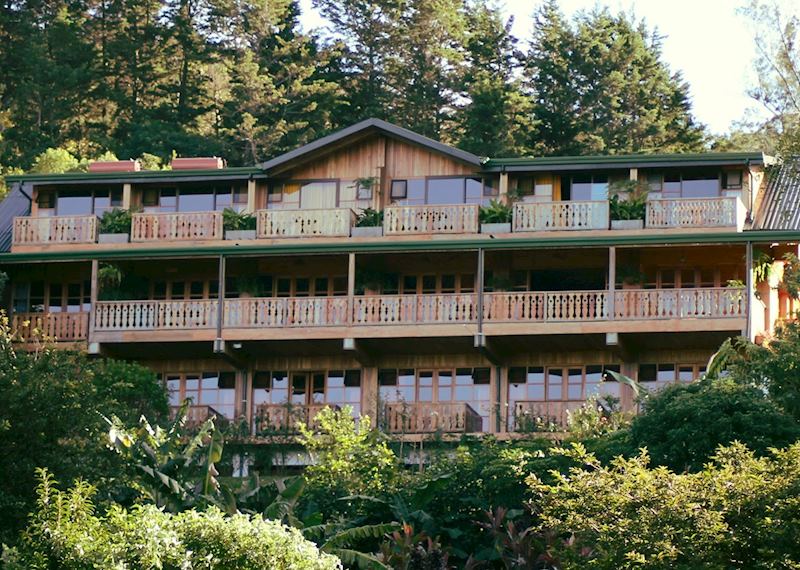
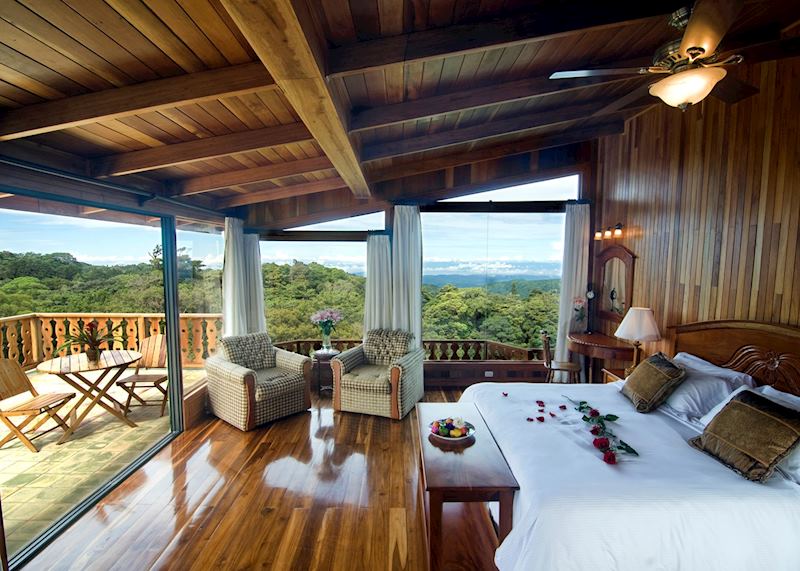
Off the grid on the Osa Peninsula
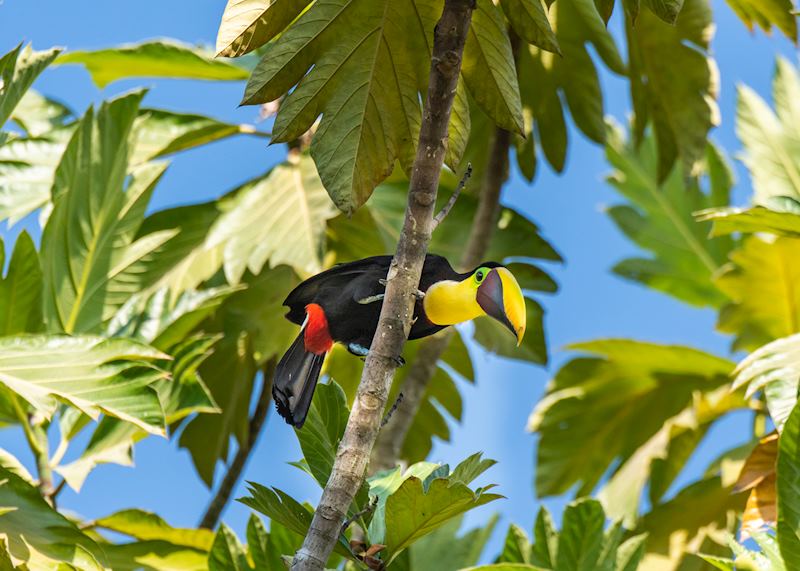
Nature runs rampant in Costa Rica; it's a country which has used its developments in tourism as a tool in regenerating and preserving its natural environments. Natural and human life feels incredibly intertwined across the country, and nowhere is this truer than the Osa Peninsula, which is home to up to four per cent of the world’s biodiversity. I’ve pulled over to grab a coffee at a roadside pit-stop and noticed the nearby tree brimming with iguanas.
In certain areas you’re likely to be woken by howler monkeys’ strange roars, while the night is full of the chatter of nocturnal creatures. It all makes for an exciting, baptism-of-fire initiation into the tropics for children who are already curious about the natural world.
The Osa Peninsula, in the farthest reaches of the southwest, is where all Costa Rica’s exuberant biodiversity is at its most concentrated. Getting there requires flights and a 4x4 ride over a bumpy off-road track, but you’ll soon see why. The peninsula is a virtually roadless backwater of tangled primary rainforest and mangroves that have been left to their own devices, barely touched by humans.
The forests eventually spill onto rocky, ocean-ravaged beaches, sections of which see very few footprints. At certain times of the year, humpback and pilot whales visit the waters of the gulf, but you can see bottlenose, common and spotted dolphins all-year round.
Why should your family go? I’d say to experience the jungle wilderness, and possibly the most detailed wildlife viewing the country has to offer. What's great about Osa for families is that it's a really immersive nature experience, but also pretty comfortable. (Tortuguero, for example, is far more rustic). Osa is a good option for families who want something quieter with a higher standard accommodation.
Wildlife spotting with a guide on the Osa Peninsula
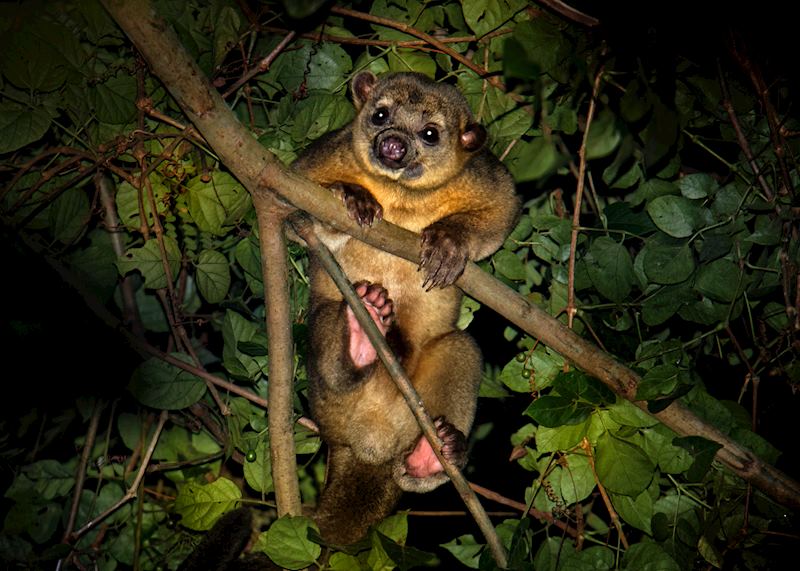
I used to work as a wildlife guide in Costa Rica, and although guiding standards are high throughout the country, I’ve found that the guides on the Osa Peninsula are particularly skilled.
They can identify animal and bird calls, and pinpoint some of the smallest animals, such as the red-eyed tree frog. On one night walk, my guide was able to lead me straight to a Mexican burrowing toad, which are particularly elusive.
The night walks here are particularly fun. Children might be surprised at the number of creatures they can spot after dark, from many species of frogs and snakes to larger mammals such as kinkajous (also called the ‘honey bear’) and silky anteaters.
Best family-friendly stay on the Osa Peninsula
This is a place to stay at an upmarket ecolodge like El Remanso Rainforest Wildlife Lodge. Many of the nature walks and guided hikes are included in your stay. It also offers surf lessons for beginners and horseback riding, along with many other activities.
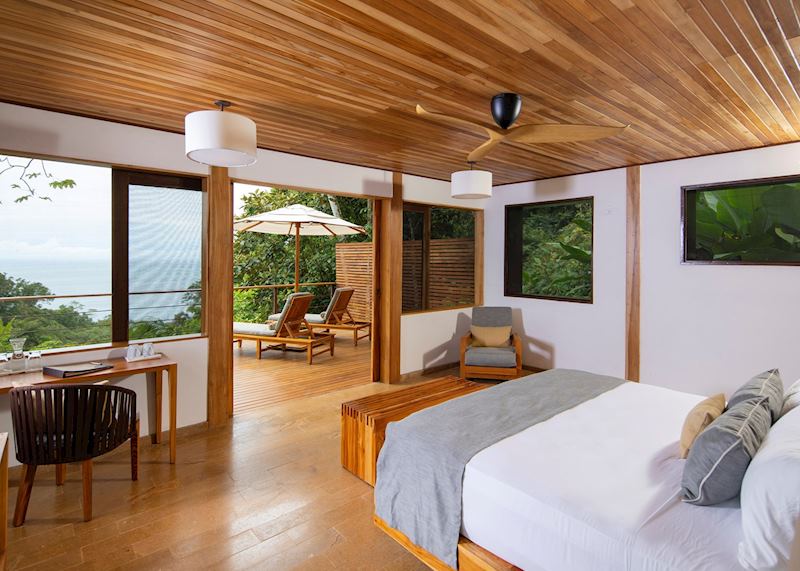
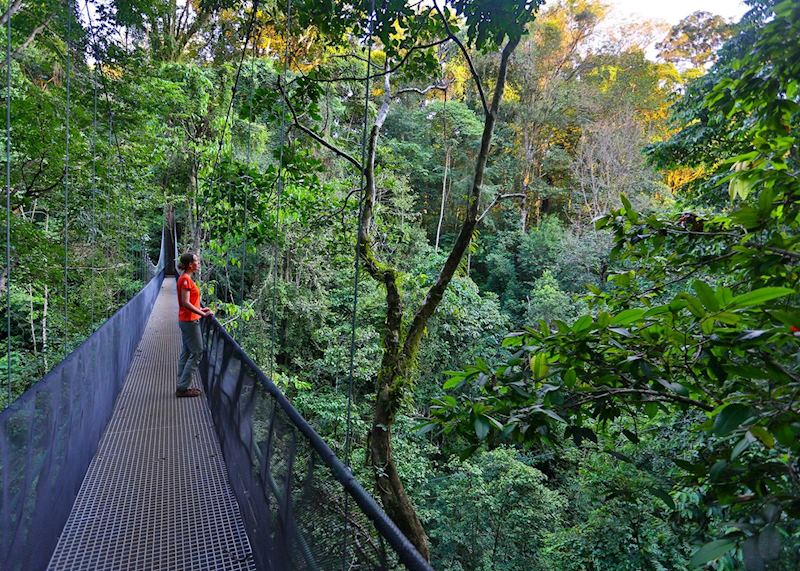
Downtime on Costa Rica’s beaches
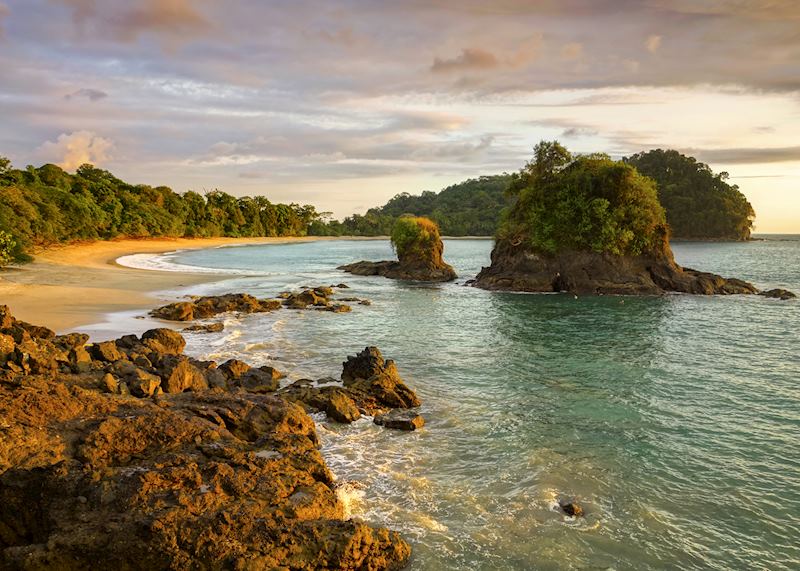
Bound by both the Pacific Ocean and the Caribbean Sea, Costa Rica has a great variety of beaches running along its two coastlines. While the Pacific coast is great for surfing, the waters are generally calmer, and better for swimming, on the more sheltered Caribbean side. Active families would enjoy Tamarindo on the northern Pacific coast. Once a bohemian town beloved by backpackers, it has gradually become more developed and family friendly, and there are several flourishing surf schools catering to complete beginners.
Manuel Antonio, about halfway down the country’s Pacific coast, is a white-sand beach fringed by mangroves and palms. It has several shallow tidal pools to snorkel in, although it can get busy with visitors who flock to its national park: be prepared to arrive early.
Best family-friendly stay in Manuel Antonio
Set overlooking the sea and within lush gardens attracting wildlife, Hotel Parador is a good choice for families as it offers options of suites and interconnecting rooms.
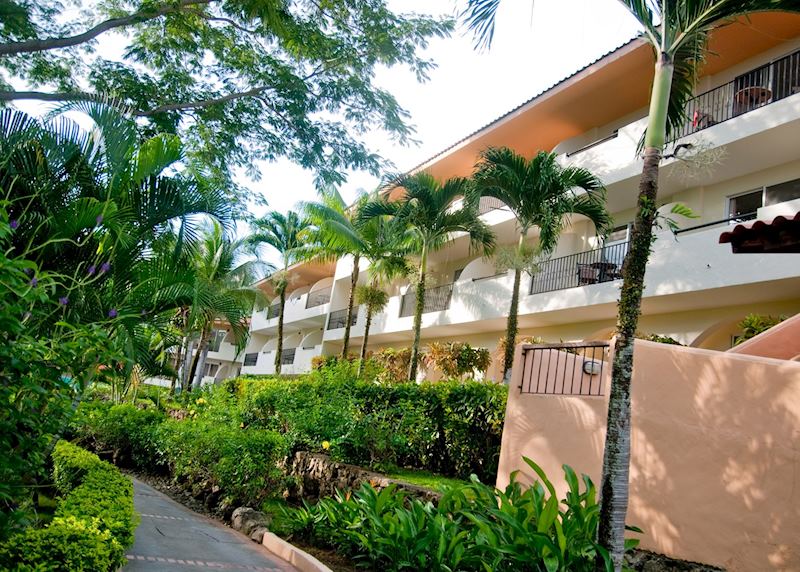
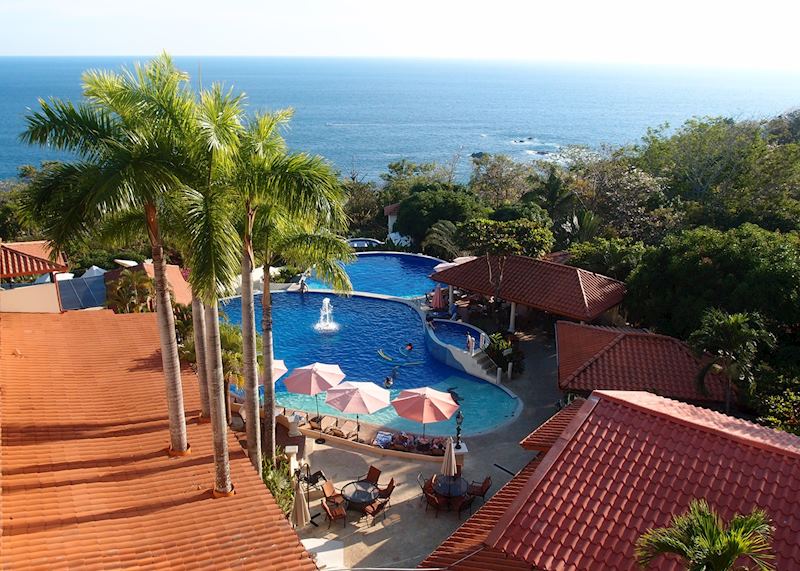
Getting around with children in Costa Rica

I’ve found that Costa Rica’s more classic routes and regions work best for families, as they give a good mixture of wildlife viewing, jungle experiences, and soft adventure activities.
The best way to get around Costa Rica for families can range from self-driving a 4x4 to having a driver. Self-drive is a great option for families as it gives you the flexibility and freedom to explore as you like. A 4x4 vehicle is a must in Costa Rica for a self-drive family adventure as the roads can be bumpy in some areas. Booster seats for children are easily hired.
Private transfers can be good value for money when you book for four or more people, and the drivers can be flexible and stop when you need to. A shared transfer can work well for families on a budget. Getting around Costa Rica by internal flights can be a quicker, yet more expensive, option.
It’s good to keep distances in mind when planning a family trip to Costa Rica. The drive between Tortuguero National Park and Arenal, for instance, is quite long, which is why we recommend a flight in this idea for a family trip to Costa Rica. This type of itinerary is ideal for children seven years old and upwards as most activities are suitable for this age and above.
Best school holidays to travel to Costa Rica
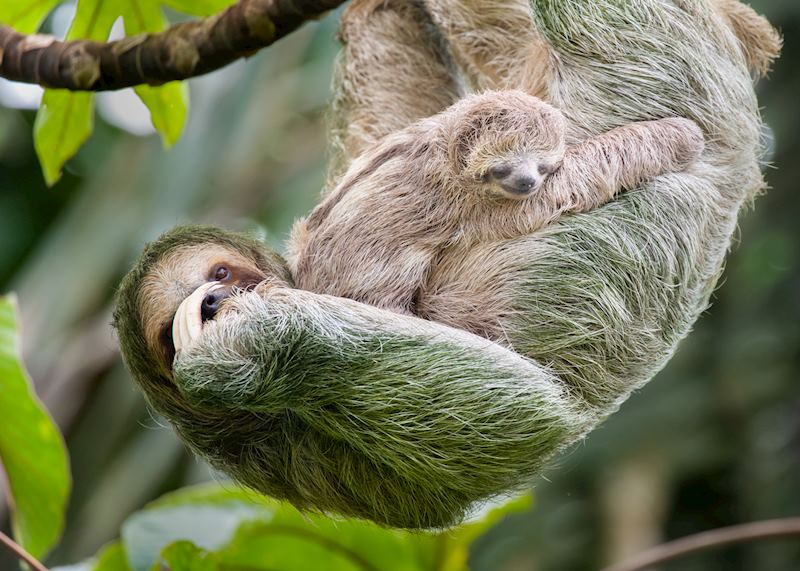
With any trip to Costa Rica, there’s a balance to hit between visiting at a quieter time but missing the peak of rainy season. A family trip to Costa Rica is no exception, and the start of the summer break — June and July time — times nicely with fewer crowds and better chance of securing family accommodation. Yes, it’s technically rainy season, so you can expect to encounter some rain, but it’s usually seen in quick bursts only lasting part of the day and split by dry days as well. You’ll likely find dry mornings with a little rainfall in the afternoon and evening, making mornings a great time to get out and go on adventures.
Eastertime brings drier weather than the summer months (June to August), so if you’d prefer to go at this time of year, be prepared to plan ahead. This is even truer for the Christmas and New Year, and February school breaks. The weather hits a high point, but so do visitor numbers. Costa Rica’s popularity at this time is also reflected in its prices.
Bear in mind that Costa Rica experiences rain all year round and it can occur at any time. Most showers are typically tropical: short and sharp.
Start planning your trip to Costa Rica
Start thinking about your experience. These itineraries are simply suggestions for how you could enjoy some of the same experiences as our specialists. They're just for inspiration, because your trip will be created around your particular tastes.
View All Tours in Costa Rica
